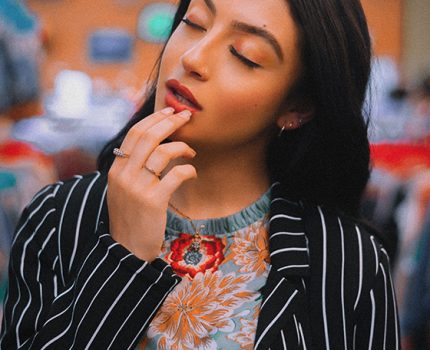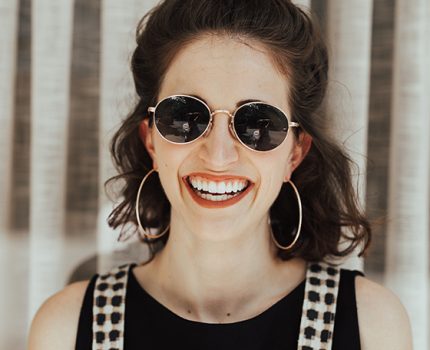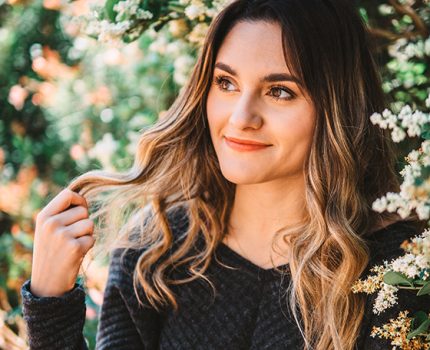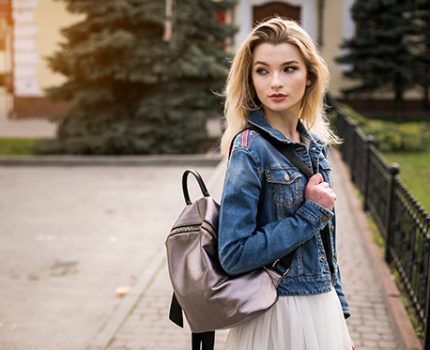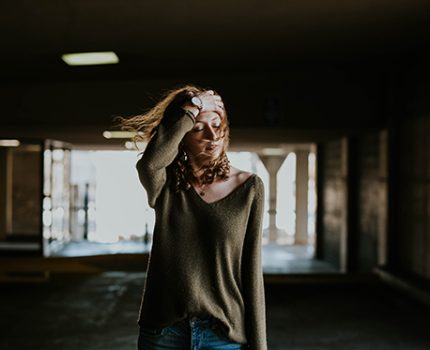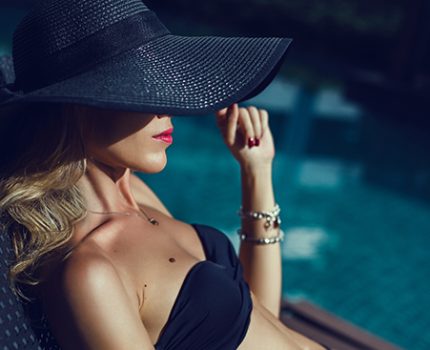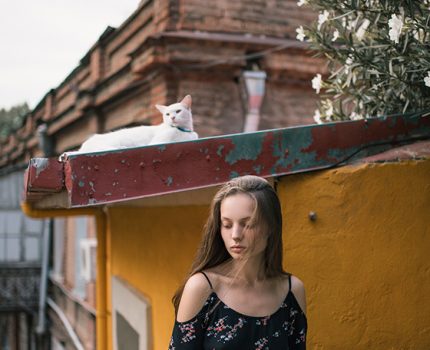How Architecture Inspired Costume Design in Assassin’s Creed” Series
The Assassin’s Creed series is renowned for its immersive worlds and detailed costume designs, influenced heavily by architecture. Ubisoft emphasizes historical accuracy; Altair Ibn-La’Ahad’s robes mirror medieval Islamic architecture, while Ezio Auditore da Firenze’s attire echoes Renaissance Florence. Symbolic meanings are also key, with the Assassins’ white hooded cloaks representing purity and justice, akin to Gothic cathedral designs, contrasting the Templars’ rigid regalia symbolizing order. Technological integration, as seen in Victorian steampunk and ancient Greek mythological references, further enhances the designs. Even contemporary settings like Ratonhnhaké: ton and Shay Cormac draw from indigenous and colonial architecture, showcasing how architecture continually inspires Assassin’s Creed’s iconic costumes.

